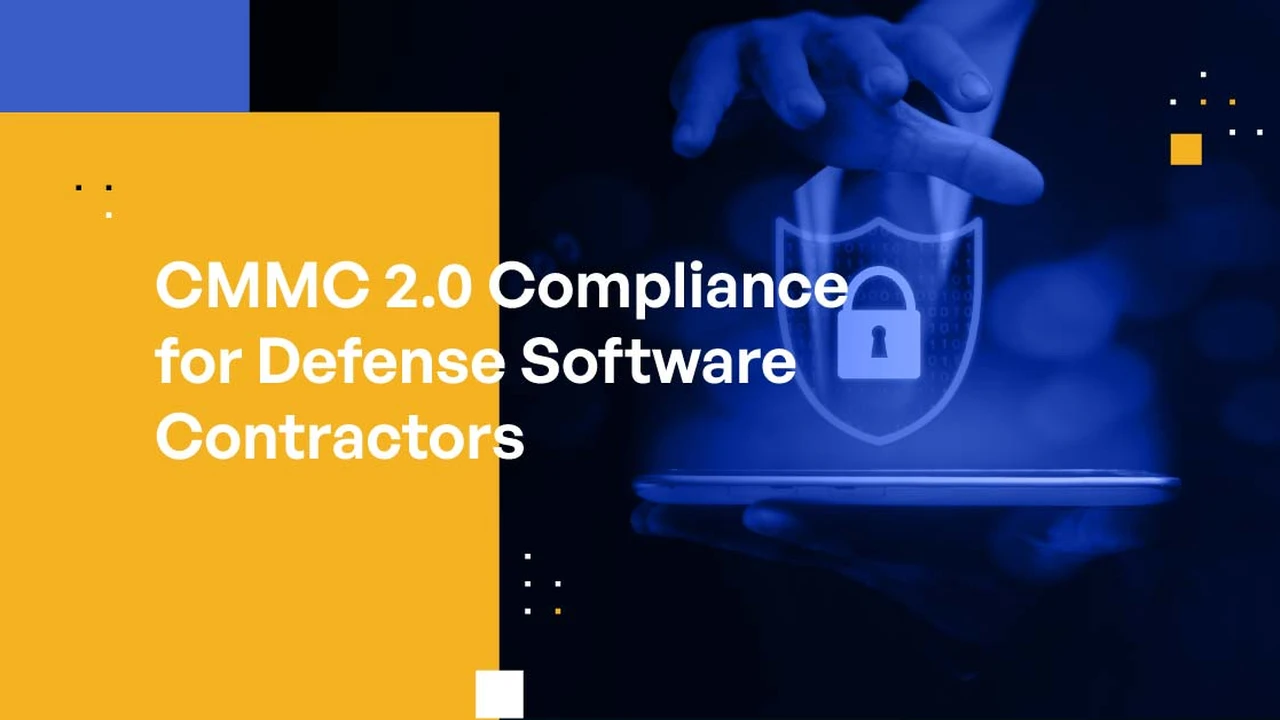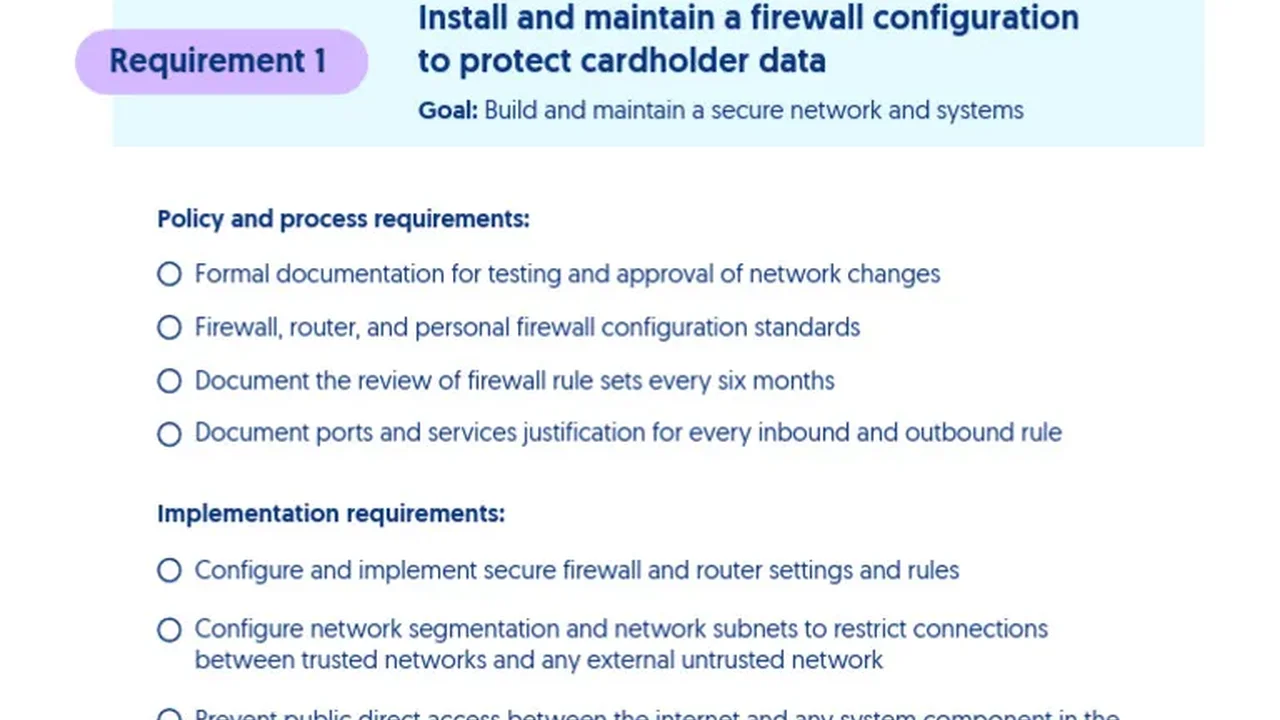Understanding CMMC Compliance Levels for US Defense Contractors
Navigate the complexities of CMMC compliance. Learn about the different levels and requirements for US defense contractors to secure government contracts and protect sensitive information.

What is CMMC and Why Does It Matter for US Defense Contractors?
Okay, let's break down CMMC. It stands for Cybersecurity Maturity Model Certification. Basically, if you're a US defense contractor, or even a subcontractor, and you work with the Department of Defense (DoD), this is something you absolutely need to understand. The DoD created CMMC to ensure that sensitive defense information, specifically Controlled Unclassified Information (CUI), is adequately protected within the Defense Industrial Base (DIB).
Think of it this way: the DoD realized that relying solely on contractors to self-attest to their cybersecurity posture wasn't cutting it. They needed a verifiable way to ensure everyone was playing by the same rules and protecting vital information from cyber threats. That's where CMMC comes in. It's a standardized certification process that validates a contractor's cybersecurity maturity level.
Why does it matter? Simple: no CMMC certification, no DoD contracts. It's becoming a mandatory requirement for bidding on and receiving DoD contracts. So, if you want to stay in the game, you need to get CMMC compliant.
CMMC Levels Explained: From Foundational to Advanced
CMMC has different levels, each representing a different level of cybersecurity maturity. Understanding these levels is crucial for determining what you need to do to achieve compliance. Let's walk through them:
- CMMC Level 1: Foundational. This is the entry-level. It focuses on basic cyber hygiene practices, like using strong passwords and having antivirus software. It's all about protecting Federal Contract Information (FCI).
- CMMC Level 2: Advanced. This level is a stepping stone, aligning with established security standards. It requires implementing intermediate cyber hygiene practices and documenting those practices.
- CMMC Level 3: Good Cyber Hygiene. This is where things get more serious. Level 3 focuses on protecting Controlled Unclassified Information (CUI). It requires implementing all of the security requirements outlined in NIST SP 800-171. This is a common target for many defense contractors.
- CMMC Level 4: Proactive. Level 4 focuses on protecting CUI and reducing the risk of Advanced Persistent Threats (APTs). It requires enhanced security practices and proactive threat detection.
- CMMC Level 5: Advanced/Optimized. This is the highest level of CMMC. It focuses on protecting CUI and reducing the risk of APTs. It requires the most sophisticated security practices and optimized security processes.
The specific level you need to achieve depends on the type of information you handle and the requirements outlined in your DoD contracts.
Assessing Your Current Cybersecurity Posture: Where Do You Stand?
Before you start implementing CMMC requirements, it's essential to assess your current cybersecurity posture. This involves identifying your current security practices, identifying gaps, and determining what needs to be done to achieve the required CMMC level. A thorough self-assessment, or even better, a gap analysis conducted by a qualified cybersecurity consultant, is key.
Ask yourself these questions:
- Do you have a documented cybersecurity policy?
- Do you have a system security plan?
- Do you conduct regular risk assessments?
- Do you have incident response procedures in place?
- Are your employees trained on cybersecurity awareness?
Answering these questions will give you a good starting point for understanding your current state.
Implementing CMMC Requirements: A Step-by-Step Approach
Implementing CMMC requirements can seem daunting, but breaking it down into manageable steps makes the process much easier. Here's a general approach:
- Determine the Required CMMC Level: Identify the specific level required for your contracts.
- Conduct a Gap Analysis: Assess your current cybersecurity posture and identify gaps in your compliance.
- Develop a Remediation Plan: Create a plan to address the identified gaps. This may involve implementing new security controls, updating existing policies, and providing employee training.
- Implement Security Controls: Implement the security controls required by your chosen CMMC level. This may involve installing new software, configuring existing systems, and implementing new procedures.
- Document Your Implementation: Document all of your security controls and procedures. This documentation will be essential for your CMMC assessment.
- Prepare for Your Assessment: Work with a CMMC Third-Party Assessment Organization (C3PAO) to prepare for your assessment.
- Undergo Your Assessment: Undergo the CMMC assessment to verify your compliance.
- Maintain Your Compliance: Continuously monitor your security controls and procedures to maintain your CMMC compliance.
Recommended Cybersecurity Products and Solutions for CMMC Compliance
Meeting CMMC requirements often involves implementing specific cybersecurity products and solutions. Here are a few recommendations, along with their use cases, comparisons, and pricing (approximate):
- Microsoft Defender for Endpoint:
- Use Case: Endpoint detection and response (EDR) for protecting workstations and servers from malware and other threats. Crucial for meeting many CMMC requirements related to endpoint security.
- Comparison: Compared to CrowdStrike Falcon, Defender for Endpoint is often seen as more integrated with existing Microsoft environments and can be more cost-effective for organizations already using Microsoft 365. CrowdStrike, however, is generally considered to have more advanced threat intelligence and detection capabilities.
- Pricing: Included in some Microsoft 365 Business Premium and Enterprise plans. Standalone licenses are also available, starting around $5-7 per user per month.
- Splunk Enterprise Security:
- Use Case: Security Information and Event Management (SIEM) for collecting, analyzing, and responding to security events across your entire IT environment. Essential for log management and security monitoring requirements in CMMC.
- Comparison: Alternatives include IBM QRadar and Sumo Logic. Splunk is known for its powerful search and analysis capabilities, but can be complex to configure and manage. QRadar is a good option for organizations with existing IBM infrastructure, while Sumo Logic is a cloud-native SIEM that is easier to deploy and manage.
- Pricing: Splunk pricing is complex and based on data ingestion volume. It can range from thousands to hundreds of thousands of dollars per year. Contact Splunk directly for a quote.
- Tenable.sc (SecurityCenter):
- Use Case: Vulnerability management for identifying and prioritizing vulnerabilities in your systems. Critical for meeting CMMC requirements related to vulnerability scanning and remediation.
- Comparison: Alternatives include Rapid7 InsightVM and Qualys VMDR. Tenable.sc is a comprehensive vulnerability management platform that provides detailed vulnerability information and reporting. Rapid7 InsightVM is known for its user-friendly interface and integration with other security tools, while Qualys VMDR is a cloud-based vulnerability management solution that is easy to deploy and manage.
- Pricing: Tenable.sc pricing varies based on the number of assets being scanned. Contact Tenable directly for a quote. Expect to spend several thousand dollars per year.
- Duo Security (Multi-Factor Authentication):
- Use Case: Multi-factor authentication (MFA) for securing access to your systems and applications. A core requirement for CMMC to prevent unauthorized access.
- Comparison: Alternatives include Okta and Microsoft Authenticator. Duo is known for its ease of use and integration with a wide range of applications. Okta is a more comprehensive identity and access management (IAM) platform, while Microsoft Authenticator is a free MFA app that is integrated with Microsoft accounts.
- Pricing: Duo offers various plans, starting from a free plan for personal use to paid plans for businesses, ranging from $3 to $9 per user per month.
- Varonis Data Security Platform:
- Use Case: Data security and governance for protecting sensitive data and ensuring compliance with regulations. Helps meet CMMC requirements related to data access control and auditing.
- Comparison: Alternatives include Imperva Data Security and Proofpoint Information Protection. Varonis provides comprehensive data visibility and control, allowing you to identify sensitive data, monitor data access, and prevent data breaches. Imperva focuses on database security, while Proofpoint offers a broader range of information protection solutions.
- Pricing: Varonis pricing is complex and depends on the number of users, data volume, and modules selected. Contact Varonis directly for a quote.
Remember to carefully evaluate your specific needs and budget when choosing cybersecurity products and solutions. A consultation with a cybersecurity professional is highly recommended.
The Role of a C3PAO in Your CMMC Journey
A CMMC Third-Party Assessment Organization (C3PAO) is an organization authorized by the CMMC Accreditation Body to conduct CMMC assessments. They play a critical role in the CMMC process.
Here's what they do:
- Conduct Assessments: C3PAOs conduct independent assessments of your cybersecurity posture to verify your compliance with CMMC requirements.
- Provide Guidance: They can provide guidance and support throughout the CMMC process.
- Issue Certifications: If you pass your assessment, the C3PAO will issue a CMMC certification.
Choosing the right C3PAO is important. Look for one that has experience working with organizations in your industry and that has a good reputation.
Staying Compliant: Continuous Monitoring and Improvement
CMMC compliance isn't a one-time thing. It's an ongoing process that requires continuous monitoring and improvement. You need to regularly monitor your security controls, conduct risk assessments, and update your policies and procedures as needed.
This includes:
- Regular Vulnerability Scanning: Scan your systems for vulnerabilities on a regular basis.
- Security Audits: Conduct periodic security audits to ensure your security controls are working effectively.
- Incident Response Training: Regularly train your employees on incident response procedures.
- Policy Updates: Update your cybersecurity policies and procedures as needed to reflect changes in your environment and the threat landscape.
By continuously monitoring and improving your cybersecurity posture, you can ensure that you remain CMMC compliant and protect sensitive information.
:max_bytes(150000):strip_icc()/277019-baked-pork-chops-with-cream-of-mushroom-soup-DDMFS-beauty-4x3-BG-7505-5762b731cf30447d9cbbbbbf387beafa.jpg)






